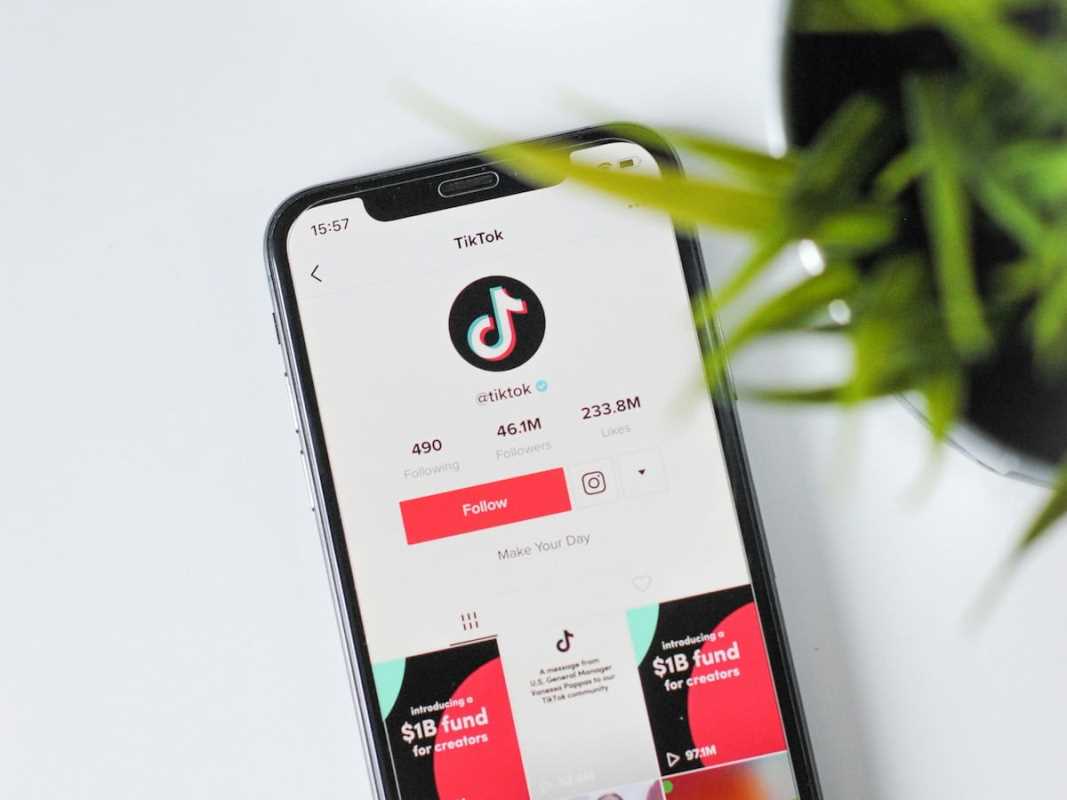Increasing revenue without adding to your advertising budget is an achievable goal with the right methods. Upselling and cross-selling are two proven methods that encourage customers to spend more and enhance their overall experience.. They involve suggesting higher-value items or complementary products that add value to the customer’s purchase. Improving customer satisfaction and expanding transaction value are the cornerstones of these approaches. By implementing thoughtful techniques, businesses can see measurable growth without boosting marketing expenses. I'll explain the key methods for mastering upselling and cross-selling effectively, providing practical tips to help you enrich your customers' journeys and improve your bottom line.
1. Know Your Customers Better
Understanding your customers’ behaviors and preferences is essential for offering solutions that resonate with them. Thoroughly analyze purchase history or feedback to identify patterns or needs that can be addressed through higher-value or additional products. The goal is to anticipate what the customer might want next rather than presenting random offers that feel irrelevant or forced.
Gaining insights into customer intentions enables you to create personalized suggestions that align with their purchase goals. This approach strengthens trust and shows that you truly understand your customers' priorities.
2. Present the Benefits Clearly
Selling higher-value products requires communicating the advantages of those options effectively. Highlighting how an upgraded product delivers better results, longer-lasting benefits, or enhanced convenience lets customers clearly see its value. Using simple and concise language to explain these benefits helps customers feel informed.
Align your messaging with the customer's needs rather than focusing solely on product features. Framing the offer as a solution positions the upgrade or complementary product as a natural continuation of their purchase.
3. Pair Products Purposefully
Suggesting items that naturally complement a customer’s initial selection is a core principle of cross-selling. Connections between products should feel logical and serve to enhance the overall customer experience. Presenting these recommendations subtly as part of the shopping experience avoids creating any pressure during the decision-making process.
Organizing complementary items by theme, purpose, or function creates clarity and helps customers see how the suggestions fit within their purchase plans. Offering these pairings at the right moments amplifies their appeal.
4. Tailor Recommendations Entirely
Personalized recommendations create seamless interactions between customers and your business. Using purchase data or browsing preferences to tailor suggestions makes each recommendation feel relevant and.. Keeping these interactions personal and thoughtful demonstrates a focus on the individual instead of a generic approach.
Efforts to personalize the experience often lead to higher acceptance rates of upselling and cross-selling offers. Customers are more likely to engage with businesses that take the extra step to understand their unique interests and habits.
5. Bundle for Greater Appeal
Combining multiple items into bundles adds perceived value to both upselling and cross-selling strategies. Presenting bundled deals makes it easier for customers to justify slightly higher purchases, especially when the combined cost feels like a discount compared to buying each item separately. Bundles also simplify decision-making, providing convenience alongside financial savings.
Creating bundles with clear messaging about their benefits increases their impact. Bundled offerings should align with customer priorities to achieve cost savings, better performance, or convenience..
6. Focus on Timing
Introducing upselling or cross-selling opportunities at appropriate points in the customer’s shopping experience is important. Reinforcing the value of an upgrade or complementary product requires careful consideration of where and when offers are presented, avoiding potential misunderstandings or discouragement.
Key opportunities for presenting offers can include checkout screens, follow-up emails, or within the shopping cart itself. Focusing on natural transitions during the buying process helps customers feel informed rather than rushed.
7. Enhance the Experience with Visuals
Clear and engaging visual representations guide customers in understanding the benefits of upgraded or complementary items. A well-designed product display, comparison image, or user-friendly chart can reinforce the logical appeal of your recommendations.
Using visuals strategically within your marketing or e-commerce presence confirms the role of an element as a smart add-on or logical extension.. Making sure visual elements are easy to interpret helps clearer and faster decision-making.
8. Train Teams for Seamlessly Suggesting Options
Employees are often at the forefront of building rapport with customers and influencing purchase decisions. Providing team members with training on recognizing opportunities to upsell or cross-sell helps them communicate suggestions naturally and with confidence. Conversations centered on addressing customer needs are more successful than standard scripts or aggressive tactics.
Support your team by offering clear, practical guidelines for situational awareness and encourage flexibility in their communication styles. When genuine interest shines through, customers are more likely to look for additional opportunities presented to them.
9. Build Incentives into Your Offers
Small incentives tied to upselling or cross-selling can effectively convert interest into action. Discounts, free perks, or exclusive rewards can nudge customers toward larger or additional purchases. Highlighting these incentives in your messaging makes the options more attractive while creating a sense of urgency or value.
Maintaining a balance between benefit and brand value safeguards your margins and gives customers a reason to view the offers favorably.
10. Maintain Engagement Beyond the Sale
Post-purchase engagement strengthens relationships and presents opportunities for future upselling or cross-selling. Thanking customers with follow-up communications creates goodwill and loyalty, making future interactions feel more personal. Including relevant recommendations or exclusive notices about upcoming deals positions your business to support ongoing customer needs.
Regularly engaging with past buyers also brings valuable feedback loops, helping refine future offerings and build confidence in your brand's reliability.
11. Review and Optimize Regularly
Monitoring your results is important for refining upselling and cross-selling strategies over time. Analyzing metrics such as conversion rates, average transaction values, and customer feedback provides clarity about what resonates best. Using an iterative process to enhance your efforts builds an optimized approach that delivers consistent results.
Applying performance insights makes your messaging and techniques evolve alongside your audience. Success in this area comes from continually adapting your processes to align with changing customer expectations and behaviors.
 (Image via
(Image via





